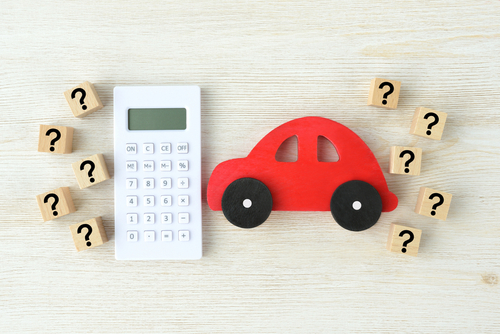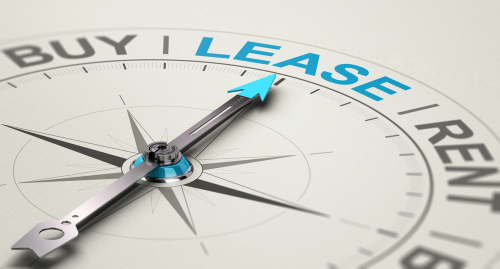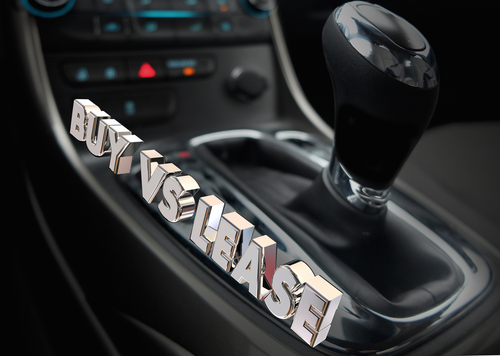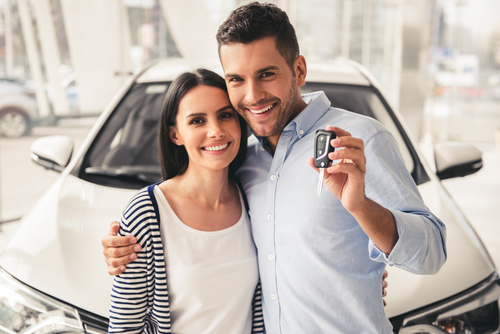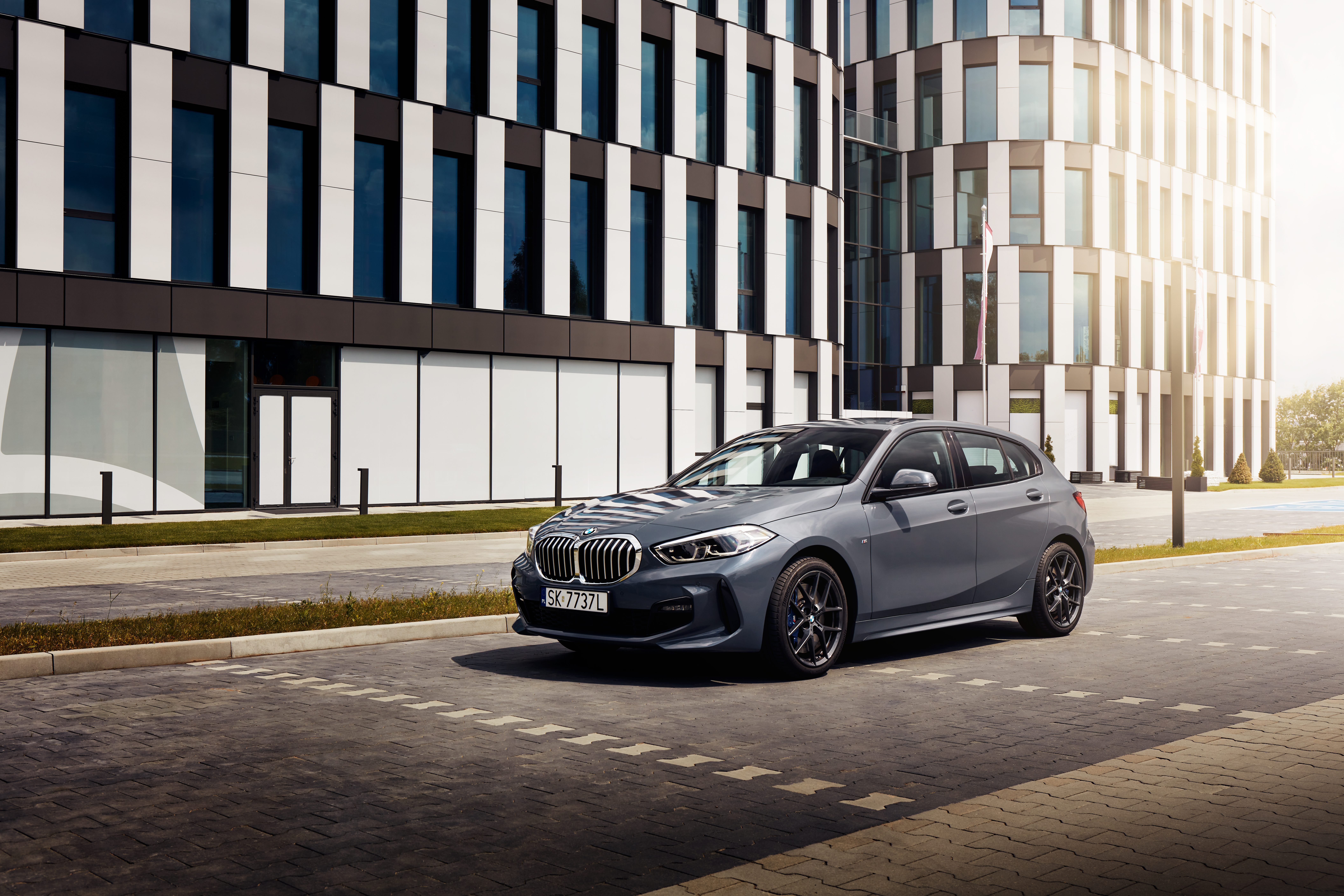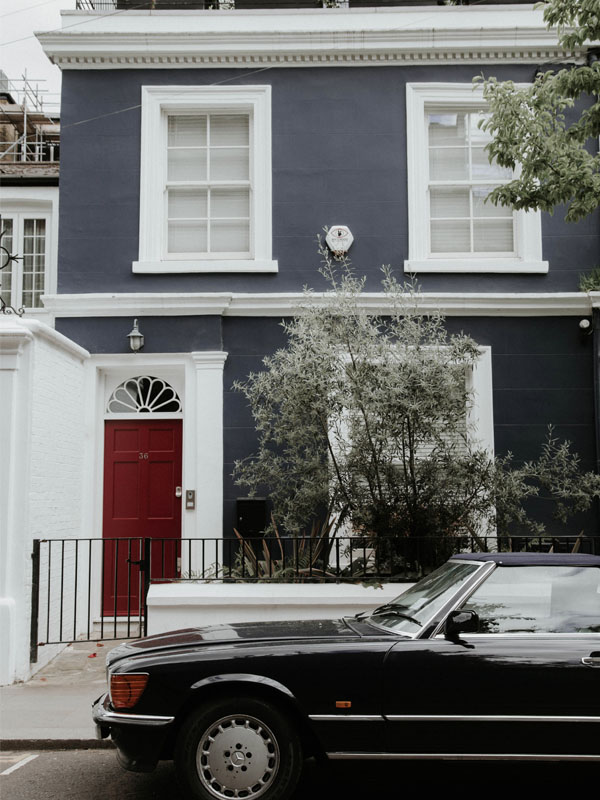Choosing a ‘new’ used car is exciting. The chances are, you already have a shortlist of cars you like the look of. But, buying a used car is about more than just aesthetics. If you don’t do your homework, you could find yourself facing some expensive bumps in the road…
New cars start losing value as soon as they’re driven, so buying a used car makes good financial sense. But when it comes to the best time to buy used cars, there’s no straightforward answer.
Generally, well-maintained cars will be reliable for five years, but this depends on factors like mileage and maintenance. Older cars will probably be cheaper initially, but you can expect to pay more for parts and repairs.
Check any Used Car for Free
Free Car Check
Just enter any Car Registration below
Tell us when you’re buying the car so we can show you the most relevant info
Buying privately can be cheaper than through a dealer, but the car won’t have had a health check, and you won’t have the same legal protection.
If you’re wondering “what do I need to do when buying a used car?” or “what questions should I ask when buying a used car?”, we’ve got you covered with our secondhand car checklist.
Ready to buy your next used car?
Great news – Car Guide is on hand to help. We can provide you with all the information you need to feel confident when buying a used car.
Why waste time viewing cars with a patchy service history or suspicious mileage? Our predictive analytics data can:
- Tell you the likelihood of a car failing its next MOT
- Predict a car’s next big repair
What should be checked before purchasing a used car?
Before viewing
There are a few things you need to do before you even set sight on a prospective car. Doing these simple checks will put your mind at ease and also avoid you wasting your time going to view problematic vehicles with a limited or suspect history.
- Check the online MOT history. All cars over three years old must have a valid MOT– you can’t tax the car without one. This check also reveals the vehicle’s mileage at its last MOT. We will tell you what a car is likely to fail it’s MOT on, or you can use the basic free DVSA service here.
- Ensure there are no manufacturer recalls on the vehicle or its parts/accessories.
- Buy a car history check. There are several basic options that confirm if the car is stolen or has outstanding finance. Car Guide’s car check will tell you this plus information on potential problems during the next 6 to 12 months (based on the make, model, age and mileage of the car.) It could save you money – and it could even help you to negotiate a better price.
- Open the bonnet of your car or your friend’s car and get familiar with where to find fluids that you will be checking – oil, brake and power steering
Used car checklist – the ultimate checklist for buying a used motor
Right, so you’ve done your initial checks and you’re confident the car you’re interested in is worth seeing. So what happens next? Here are some of the main things you need to consider during a viewing and some further vehicle checks to carry out.
Viewing
- Arrange a daytime viewing at the seller’s home.
- Ask for the car to be cold (is not driven) as this will identify any starting problems.
Remember, be prepared and bring the following items along with you:
- Printed results of the MOT and car history checks
- A torch to check underneath the car. Rainy day? You might want to take something to lay on!
- A ruler to check tyre treads
- A tyre air pressure gauge
- A friend or family member – they might notice something you don’t. If they’re a mechanic, even better!
- A tissue to wipe the dipstick
Mileage
- The average annual mileage is 10,000 miles. Multiply this by the age of the vehicle in years. Does it seem legitimate? Be sure to ask why the mileage is so low if the figures appear too good to be true.
- Compare the odometer against the mileage on the MOT history check. If the two figures are significantly different, alarm bells should be ringing.
Exterior
Here are the main exterior checks that will need to be carried out if you’re to get a good idea of the external condition of a used vehicle.
- Look for signs the vehicle may have been in an accident, which could cause hidden long-term damage and costly future repairs. For example:
- Are there any gaps between body panels?
- Look out for leaks from door seals
- Check for any mismatched colour
- Watch for traces of paint spray
- Check any unusual welding under the bonnet or in the boot
- Inspect the bodywork for dents or scratches
- Check the windscreen for chips. Small chips can quickly become large cracks – and if that happens, you’ll need to have the windscreen replaced.
Interior
OK, so the car looks good and passes all the exterior checks – but it’s important not to neglect or rush your interior checks. It’s not just about how the car looks inside, there are some crucial checks to carry out that will give you an insight into the quality of a car. So make sure you pay attention to the following things:
- The dashboard lights – do they all switch off after the engine has been running for a few seconds?
- Ensure the boot opens and closes
- Check the electronics are working, including the radio, electric seats, electric windows, air-conditioning, ventilation, heating, and navigation
- Test the central locking – does it work?
- Make sure all the windows open and close properly. If there is a sunroof, check it opens and closes and ensure there are no leaks.
Additional tip: Check for a strong air freshener smell.
Watch out for the seller trying to mask bad smells such as spilt milk or cigarette smoke. A smokers car is notoriously difficult to get rid of smells from and can be expensive to get rid of. Sit in the driver’s seat and check the headlining above you for tell-tale nicotine stains.
Safety
Safety should be paramount when buying a used car, but what are the core safety checks you need to be aware of? Here’s what you need to look at.
- Check all the seatbelts work and there are no signs of fraying
- Inspect the condition of the tyres. If the tread is less than 3mm, they will need to be replaced soon.
- Make sure all the lights work, including headlights, indicators, brake lights, hazard lights and fog lights
- Ensure the windscreen washer and wipers is working
- Check the vehicle horn works
Engine
- Inspect the fluid levels, including oil, brake and power steering. You can do this using the dipstick with your vehicle. There are two typical markers on these – a bottom and an upper line. If the oil film reaches between these two, it’s at its optimum level. For coolant, if your car has an expansion tank, check to see if it falls between the minimum and maximum indicator lines on this.
- Make sure there are no oil/water leaks around the engine or underneath the car
- Ask whether the cam belt has been replaced. If the answer is yes, check the service history for evidence.
Spare parts
It’s handy to know what extras a car comes with, and whether you’ll have some of the core basics you need.
- If the car comes with a spare wheel, check it’s in good condition
- Is there a jack in the car? Find out where it is – you’ll need it in the event of a puncture
- If locking wheel nuts are fitted, check the locking wheel nut key/adapter is provided, and that it fits
- Are there any spare keys?
The test drive
- Listen for any strange knocking or banging noises
- Get the vehicle up to a decent speed (or over 50mph when legal to do so)
- Does the car drive and brake in a straight line
- Once the test drive is complete, turn off the car, leave for 30 seconds and then try to restart it. This will identify any hot starting problems. If it struggles to start, be aware that this could be a costly repair, so investigate the matter further.
Documents
Don’t be tempted to skip any of the most important document checks which include the following:
- Ask to see the V5C (also known as the registration document or logbook). If you decide to buy the car, you will need it to register as the new owner and tax the vehicle.
- Is the seller the registered keeper? If they’re not, ask why they are selling the car? If it doesn’t seem legitimate, walk away.
- Does the seller’s address matches the one recorded on the V5C?
- Does the make and model recorded on the V5C matches the car you’re viewing?
- Check the vin number on the V5C matches the car, this can usually be found on the passenger side of the windscreen or under the bonnet
- Check the engine number matches
Negotiating when buying a used vehicle
Finally, it’s time to come to an agreement on a purchase price. To drive off the lot happy and confident, follow these tips when negotiating the final sale:
- Start with a lower offer than you’re expecting to pay. That way the seller can negotiate you up to a price that you both find reasonable
- Remember the car dealer isn’t your friend. While you might very well get along with them, at the end of the day you’re engaging in a business transaction. Be detached and professional rather than feeling and emotional
- Don’t ever make the salesperson aware of your top budget limit
- Be positive and polite. This will help win over the negotiator more than being difficult and negative
- If you’re finding negotiating a discount a challenge, say to them that you can close the deal ‘then and there’ if you can both come to an agreement
- At the end of the day, be prepared to walk away if the negotiator just isn’t willing to budge on price.
We know the process of buying a used car takes time, so we offer monthly access packages for our services.
What are you waiting for? Car Guide is here to save you time and money. Sign up today.



